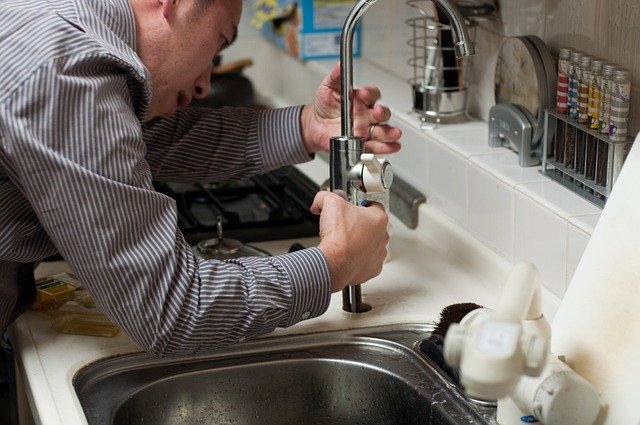Faucets for home kitchens: choosing, maintaining, and conserving water
A faucet is a small but essential device in any home kitchen, controlling water flow and affecting daily tasks from washing dishes to filling pots. Choosing the right faucet involves more than looks: consider the sink layout, water pressure, mounting type, and how you use hot and cold water. Understanding common styles, finishes, and maintenance needs helps you pick a durable fixture that reduces leaks, conserves water, and fits your routine and decor. This article explains practical factors to evaluate when selecting, installing, and caring for a faucet so it serves your kitchen reliably for years.

Choosing a kitchen faucet
Selecting a kitchen faucet starts with how you use your sink. Think about single-handle versus double-handle control, pull-down or pull-out spray heads, and whether you need a separate filtered-water spout. Measure the deck or wall mounting holes on your sink and allow clearance for swivel spouts and soap dispensers. For heavy cooking households, a high-arc spout gives clearance for large pots; for smaller kitchens, compact models save space. Match the faucet’s flow rate and water-saving features to your household’s needs while ensuring compatibility with existing plumbing connections.
Faucet styles and sink compatibility
Faucet shape and functionality should complement the sink type. Farmhouse and apron-front sinks pair well with bridge or high-arc faucets that provide generous reach. Undermount sinks often use centerset or single-hole faucets depending on deck configuration. Check spout reach and height to avoid splashing and to ensure the spray reaches all sink basins if you have a double sink. Consider whether a sink-mounted soap dispenser or a separate filtered water tap will fit the available holes. Ensuring physical compatibility reduces installation complexity and improves everyday usability.
Water efficiency and useful features
Many faucets include features that reduce water use without sacrificing performance. Look for aerators, which mix air with water to maintain perceived pressure while lowering flow rate, and models with flow rates around 1.5–2.2 gallons per minute for typical kitchen use. Touchless or touch-activated faucets can reduce water waste by stopping flow automatically, and single-handle tempering makes it quicker to reach a comfortable mix of hot and cold. Some faucets also offer pause buttons, spray modes, or integrated filtration options to improve convenience and water quality.
Installing and maintaining faucets in your home
Basic faucet installation can be a DIY job for those comfortable with plumbing, but check that shutoff valves, supply lines, and mounting hardware match the new fixture. Use plumber’s tape and appropriate sealants where recommended, and ensure connections are tight but not overtightened. Regular maintenance extends lifespan: clean aerators to remove mineral buildup, inspect supply hoses for wear, and replace worn cartridges or O-rings to stop drips. If you notice persistent leaks, low pressure, or signs of corrosion, consider consulting a licensed plumber or local services in your area to diagnose and repair underlying issues.
Materials and finishes for sink and faucet
Durability and appearance depend on faucet materials and finishes. Solid brass or stainless-steel bodies resist corrosion and provide a longer service life than some zinc alloys. Finishes like chrome, brushed nickel, stainless, and matte black offer varying resistance to fingerprints and water spots; brushed and satin finishes tend to hide marks better than polished surfaces. Consider the sink material when choosing a finish to create a cohesive look and to ensure chemical compatibility with cleaners. Choosing replaceable cartridges and reputable mounting hardware also contributes to long-term reliability.
A well-chosen faucet improves kitchen function, conserves water, and complements your sink and home design. Prioritize compatibility with your sink’s mounting, the faucet’s water-saving and control features, and durable materials that match your maintenance habits. Regular upkeep—cleaning aerators, checking seals, and addressing leaks promptly—helps avoid larger repairs and keeps water flowing efficiently. Thoughtful selection and care make the faucet an unobtrusive but reliable tool in everyday kitchen life.






